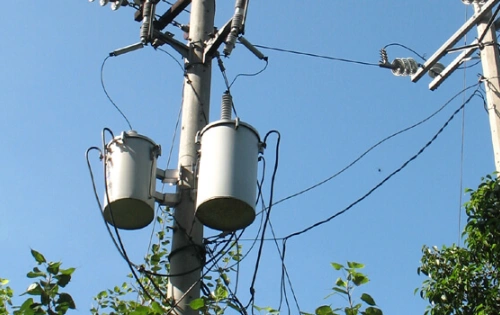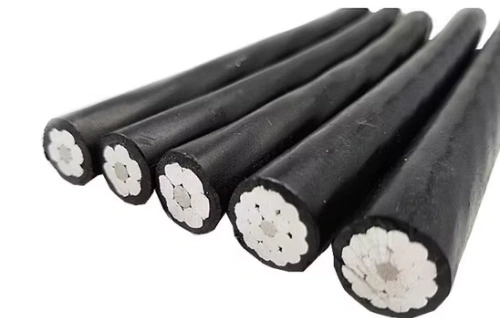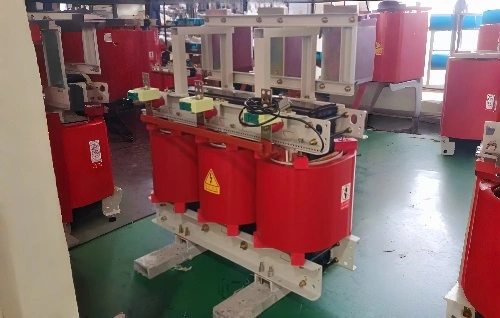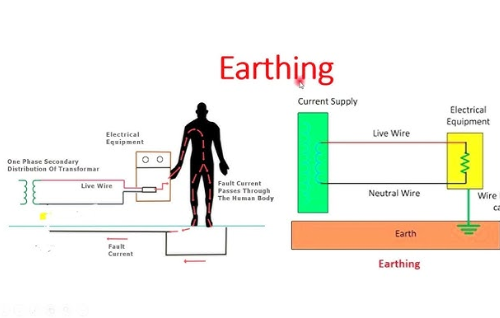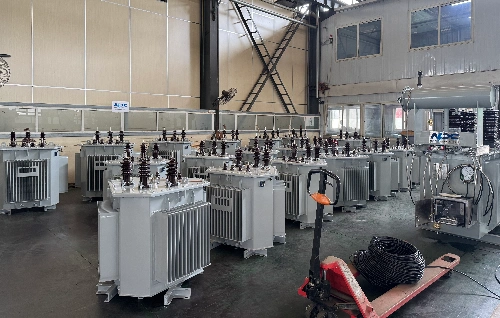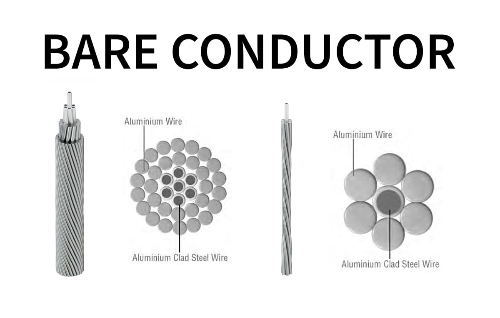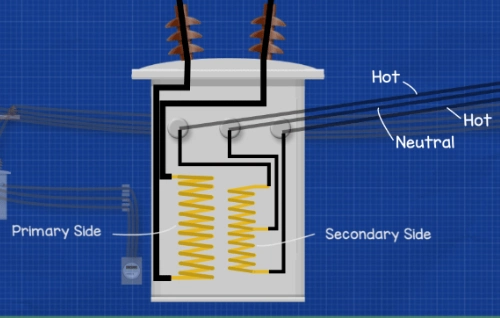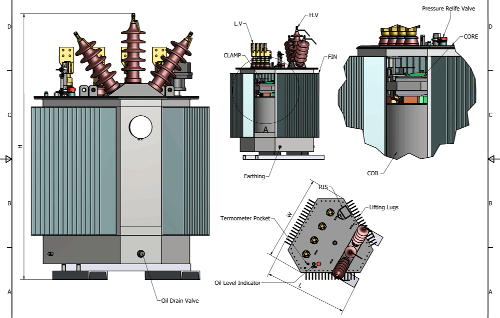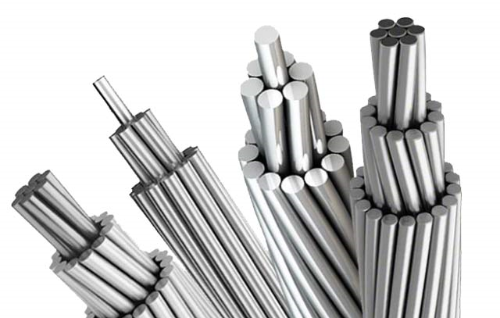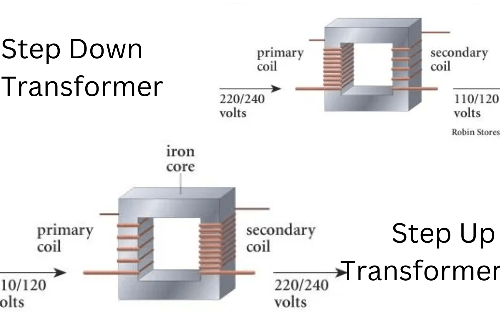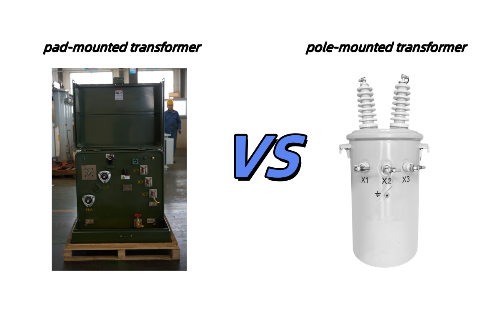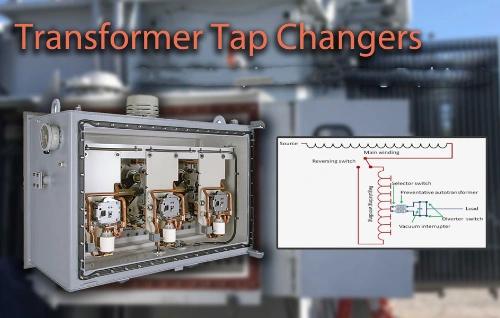Nov 03 2025
Understanding Three Phase Triplex Overhead Distribution Transformers and Their Role in Power Systems
This article explores how these transformers work, their practical applications, and their importance in ensuring reliable and efficient overhead power distribution.
view more →
Oct 29 2025
What Is Overhead Insulated Cable? A Complete Guide for Power Distribution
Unlike bare overhead lines, OHC is insulated, reducing faults caused by tree branches, wildlife, or accidental contact. This article provides a practical guide for engineers, exploring the features, benefits, applications, and technical considerations of overhead insulated cables in real-world projects.
view more →
Oct 27 2025
What Is a Triplex Transformer? Definition, Working Principle, Advantages, and Applications
For engineers, contractors, and facility managers, understanding the advantages, limitations, and applications of triplex transformers is essential to making the right decision for reliable and efficient power distribution.
view more →
Oct 22 2025
What is the difference between earth, ground, and guard wire?
In this article, we’ll break down the differences, explore real-life applications, and highlight why understanding these concepts matters for both engineers and everyday users.
view more →
Oct 20 2025
75 kVA 3 Phase Transformer Specifications, Price & Applications | Complete Buying Guide
This guide provides a comprehensive overview of 75 kVA three-phase transformers, including their specifications, pricing factors, and real-world applications.
view more →
Oct 17 2025
AAC, AAAC, ACSR Bare Conductor Cable Structure & Properties
Bare conductor cables are essential components of modern transmission lines, ensuring the long-distance transmission of electricity. AAC cables (all-aluminum conductor), AAAC cables (all-aluminum alloy conductor), and ACSR cables (aluminum stranded steel conductor) are widely used due to their unique structural characteristics and mechanical advantages.
view more →
Oct 15 2025
Inside a Power Pole Transformer: Components, Functions, and Design
This article explores the internal structure, components, and functions of a power line transformer, focusing on the engineering principles behind its design. By examining its core and windings, electrical insulation, and the role of insulating oil, we can better appreciate how these devices ensure reliable delivery of electric energy to millions of users.
view more →
Oct 13 2025
Understanding Transformer Cooling Systems: Oil-Cooled vs. Air-Cooled Solutions
This article explores the power transformer cooling system, with a focus on oil-cooled and air-cooled solutions. We will examine their principles, cooling media, classifications, and practical applications.
view more →
Oct 10 2025
What is a Power Transformer? Definition, Types, and Working Explained
In modern electrical power systems, the reliable transfer of energy is crucial for industries, households, and infrastructure. One of the most important devices enabling this process is the power transformer. Transformers are designed to transfer electrical energy between circuits through electromagnetic induction, making them essential for power transmission and distribution of electrical energy.
view more →
Oct 06 2025
The Structure and Design of Oil Immersed Transformers
This article introduces the structural design, engineering principles, and evolving international standards that guide the development of oil immersed distribution transformers and oil immersed power transformers in contemporary power systems.
view more →
Oct 03 2025
Complete Guide to AAC, AAAC, ACSR, and ACAR Conductors – Types, Features, and Applications
Overhead power lines form the backbone of modern electrical grids, ensuring efficient transmission of electricity from power plants to end users. A critical component of these systems is the overhead conductor, which must deliver high performance, durability, and reliability under diverse environmental conditions.
view more →
Oct 01 2025
Dry-Type Transformers: From Basics to Technical Specifications
A dry-type transformer is an electrical transformer that uses solid insulation materials instead of oil or liquid for cooling and insulation. Unlike oil-immersed transformers, dry-type units are air-cooled and operate without flammable liquids, making them inherently safer and environmentally friendly.
view more →
Sep 29 2025
Step Up Transformer vs Step-Down Transformer: What’s the Difference and Which One Do You Need?
Transformers are ubiquitous in everyday life and production, and are essential components of modern power systems, ensuring efficient power distribution and voltage regulation. The most common types of transformers are step-up transformers and step-down transformers. While both are voltage transformers that change voltage levels, their functions, structures, and applications are quite different.
view more →
Sep 26 2025
What is the Difference Between a Pole Mounted and a Pad Mounted Transformer?
In modern electrical power distribution networks, transformers are designed to step down high transmission voltages to levels suitable for residential, commercial, or industrial use. Two commonly used types of transformers in distribution systems are the pole mounted transformer and the pad mounted transformer. Although both serve the same fundamental purpose—voltage transformation—their design, installation, and operational environments differ significantly.
view more →
Sep 24 2025
What is The Transformer Tap Changer?
In modern power systems, transformer tap changers are critical for maintaining voltage stability in distribution networks, ensuring reliability and protecting equipment. Tap changers are used in voltage-regulating and power transformers to adjust the transformer's turns ratio, ensuring consistent voltage levels under varying load conditions.
view more →
Welcome your inquiry
Honesty, Integrity, Frugality, Activeness and Passion


